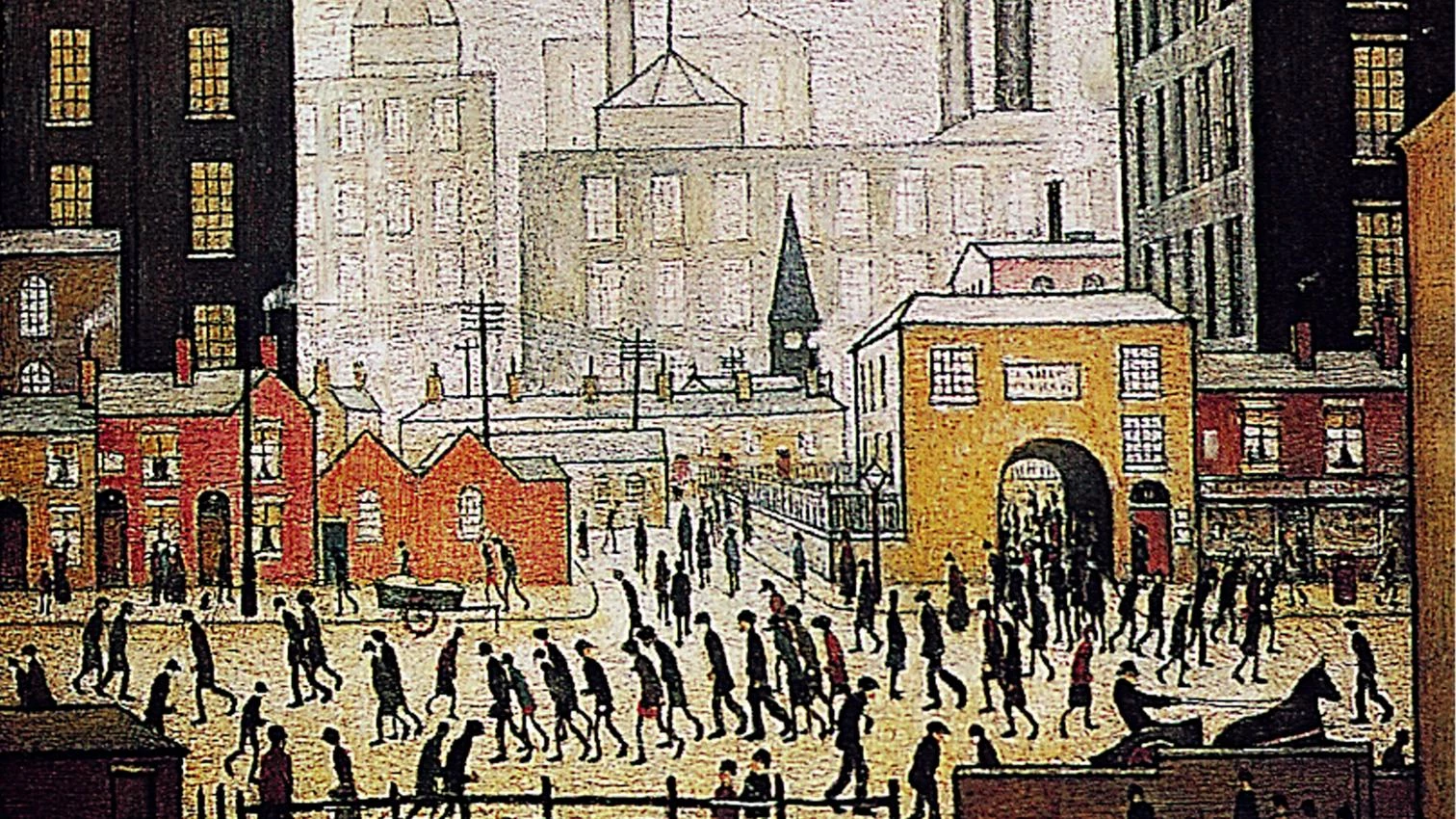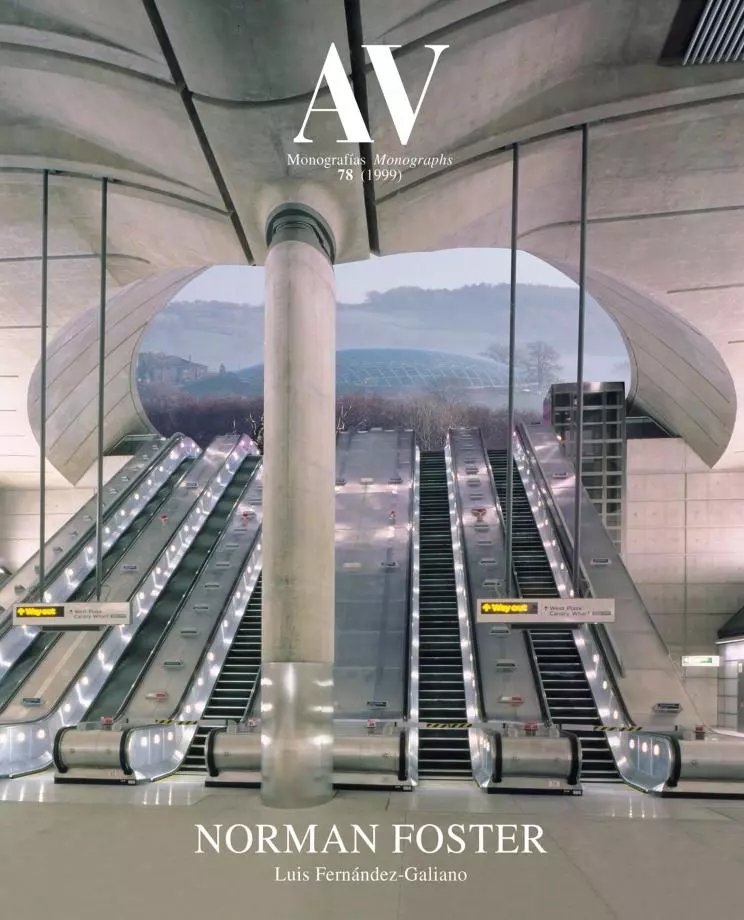
Sir Paul McCartney’s expression can be applied well to Lord Foster of Thames Bank. If the inspired music of the old boy of Liverpool is the fruit of effort and harmony, the rigorous architecture of the former young man from Manchester feeds equally from social verosimilitude and from the serene equilibrium of the classical. Humanist and visionary, the work of Foster is a great legacy of the last third of the 20th century and, contrary to what I thought when we began this monograph, also a promise for the first decades of the 21st. Overwhelmed by the technical perfection and innovative pulse of his buildings, we have often omitted what they possess of social utopia and aesthetic adventure. The abstract containers and unanimous skins were industrial essays, but also representations of democratic egalitarianism and artistic manifestations of austerity; the colossal skeletons and suspended roofs were mechanical challenges, but also monumental collective stages and expressive exhaltation of structures; and, finally, the weightless transparency and delicate curves were not only constructive feats, but at the same time gestures of respect towards urban memory and formal subordination to the landscapes of the planet.
In the laconic and tenacious left-handed drawings can be summed up the invariable characteristics of his architecture: the analitical shrewdness of the diagnostic; the schematic forcefulness of the treatment; and the visual refinement of the result. In fact, his work – from the remote refuge of Cornwall, and perhaps even from the first school project –manifests such argumental consistency and fissureless continuity that could be considered a succession of gestures of an ageless author, born with all his weapons as was Minerva from the head of Jupiter, and eternal and impassive since. The buildings of Foster, however, show in their sequence a subtle gradation of learning and a deliberate displacement of emphasis that enable us to see them as links in a personal trajectory and as illustrations of a social and political context. This is the path chosen in this monograph, that by subtracting importance from the moment of the termination of the works (key for assesing their diffusion and influence, but often far from their conception) and organizing the projects by their starting date, orchestrates them in chapters which help to weave in biographical notes and light touches of the times.
In order to shape this story, we have profited from the generous availability of Norman Foster, the cordial hospitality of Elena Ochoa, and the efficient help of many members of the studio in organizing visits, explaining projects, or preparing material. The exhaustiveness of the effort surely cannot be discerned in the meagerness of the result, that by being synthetic was obliged to omit relevant works, describe others with telegraphic brevity, and give many hardly more than a mention or an adjective. This will of concision led me to write the original text in English, thus avoiding the overly detailed baroquisms of Spanish, into which I then translated the version printed here. The process has perhaps made the texts more informative and precise, but at the cost of literary quality. Finally, I have attempted not to let friendship and gratitude interfere with the critical nature of the texts: it is something I owe to an architect who, at this zenithal moment of his career, is due to choose between his engagement with a colossal office and his engagement with a trajectory: between his commitment to 500 employees and his commitment to his work; between his responsibility to a firm and his responsibility to history.





